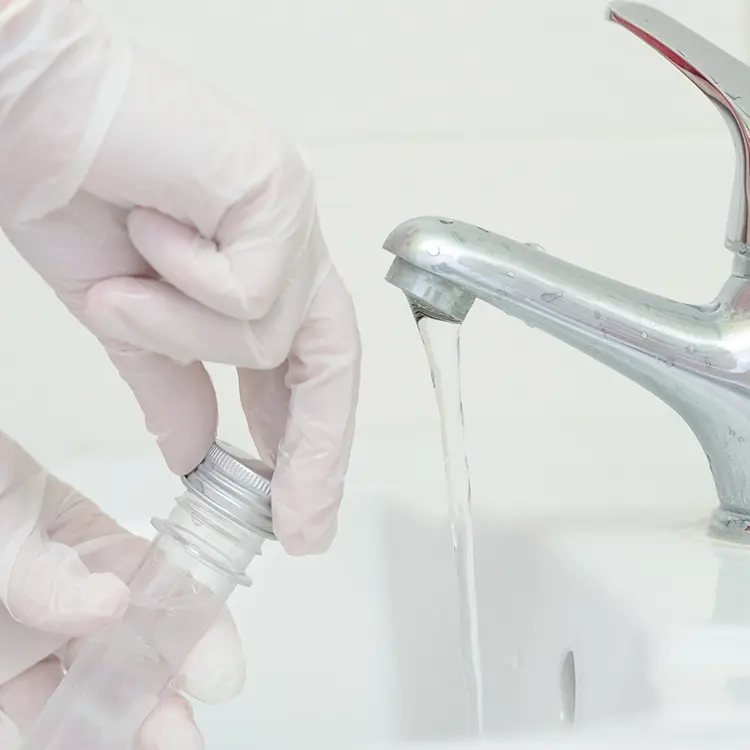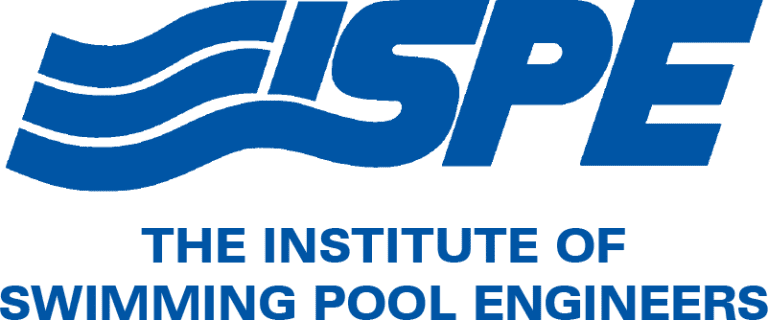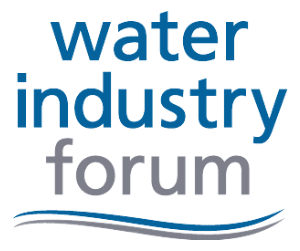Dormant Water Systems: Why Expert Advice Matters for Your Safety
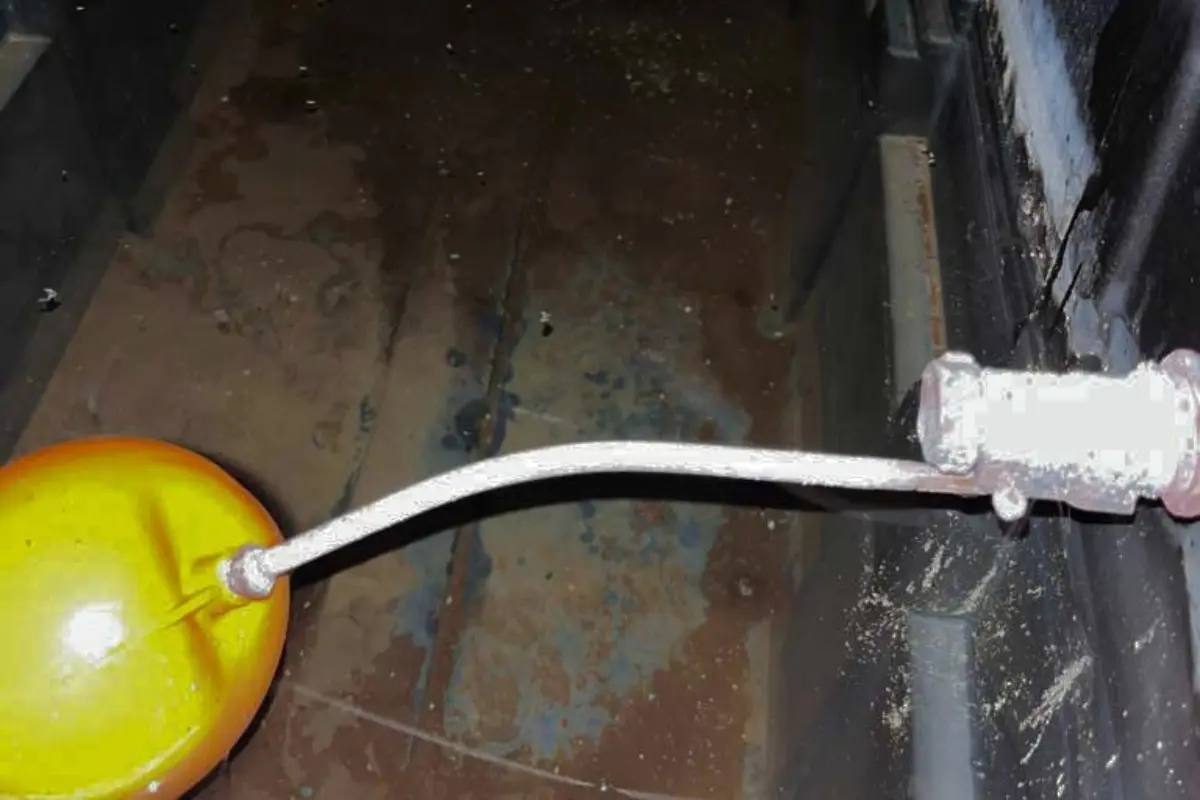
At Aqua Engineering, we recently received a concerning message that highlights a common misconception about water safety in dormant properties. A property owner in West Cumbria contacted us about a bungalow that had been empty for over 20 years, with the water system barely used during this time. They were preparing to sell the property and were worried about potential legionella risks.
Alarmingly, a local plumbing firm had advised them that “the likelihood of legionella presence in a domestic situation is minimal” and suggested simply running about 15 gallons of water through each tap would be sufficient.
This is dangerously incorrect advice.
The Real Risks of Dormant Water Systems
Water systems that have been unused or underused for extended periods present significant health risks that shouldn’t be underestimated:
- Bacterial Growth: Stagnant water provides an ideal environment for bacteria, including legionella, to multiply
- Biofilm Development: Long periods of inactivity allow biofilms to establish in pipes and fixtures
- Sediment Accumulation: Sediment can build up, providing nutrients for bacterial growth
Deterioration of - Components: Seals, valves, and other components may degrade, creating potential contamination points
When a water system has been dormant for 20 years, these risks are substantially magnified.
Why Simply Flushing Isn't Enough
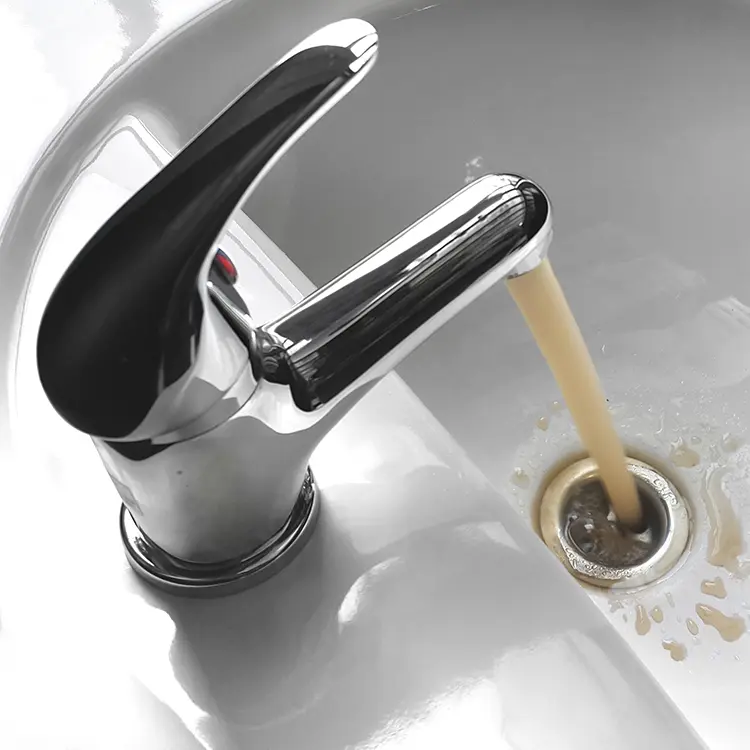
While regular flushing is part of ongoing maintenance for active water systems, it’s wholly inadequate for systems that have been dormant for years. Here’s why:
- Biofilm Resistance: Established biofilms adhere strongly to pipe surfaces and resist removal by simple flushing
- Hidden Contamination: Dead legs and infrequently used outlets may remain contaminated even after flushing main lines
- System Degradation: After decades of disuse, system components may be compromised, requiring inspection and possible replacement
- Deep-seated Contamination: Bacteria can penetrate deeper into system components than water flow can effectively clear
The Proper Approach to Recommissioning Dormant Systems
For a water system unused for 20+ years, the appropriate steps include:
1. Professional Risk Assessment
A qualified water treatment professional should thoroughly evaluate the entire system, identifying all potential risk areas.
2. System Inspection
All accessible components should be physically inspected for deterioration, sediment build-up, or other issues.
3. Professional Chlorination
A complete system chlorination is essential, using appropriate concentrations and ensuring the disinfectant reaches all parts of the system.
4. Component Replacement
Based on the inspection, certain components (particularly rubber seals, flexible hoses, or corroded parts) may need replacement.
5. Laboratory Testing
Following treatment, water samples should be tested to confirm the system is safe for use.
When Expertise Matters
Water safety isn’t an area for cutting corners or taking advice from non-specialists. While general plumbers are excellent at their core trade, specialist water treatment professionals have the specific training and equipment to address complex contamination risks.
Consider these questions when seeking advice:
- Does the advisor have specific qualifications in water treatment and legionella control?
- Are they familiar with current regulations and guidance documents?
Do they use accredited laboratories for water testing? - Can they provide a detailed risk assessment and treatment plan?
Seller Responsibilities
If you’re selling a property with a dormant water system, remember that you have both moral and potentially legal obligations to ensure it’s safe. The proper documentation of professional water system recommissioning can also:
- Provide peace of mind to potential buyers
- Potentially increase property value
- Avoid delays in the sale process
- Protect you from future liability claims
Get Expert Help
At Aqua Engineering, we specialise in water safety, including the recommissioning of dormant systems. Our team of qualified professionals can provide:
- Comprehensive risk assessments
- Professional system chlorination
- UKAS-accredited water testing
- Detailed documentation and certification
- Ongoing advice and support
Don’t take chances with water safety. Contact us today for a free, no-obligation consultation to discuss your specific needs.
Remember: When it comes to water safety, always seek advice from genuine experts with specific qualifications in water treatment and legionella control.
